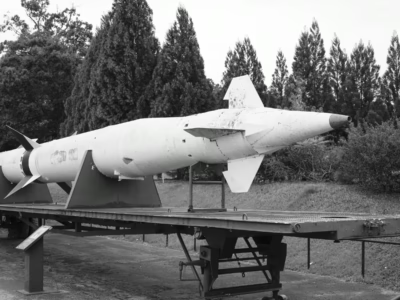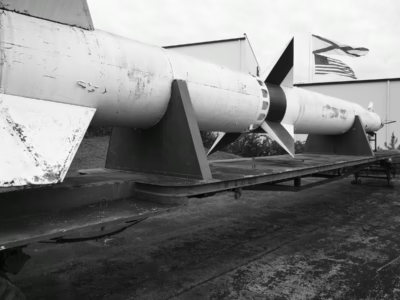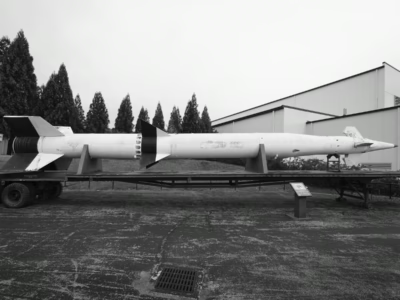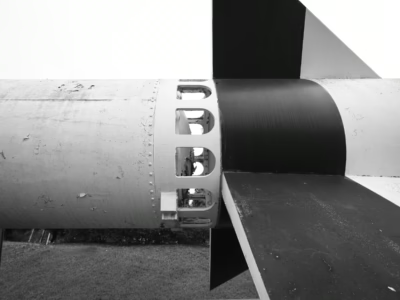Spartan
Destroy Enemy ICBMs in Space
Explosive Power
Approx. 5 megatons
Hiroshima Equivalent Factor
333x
Dimensions
55 ft., 2 inches x 43 inches
Weight
29,000 lbs.
Range
460 miles
Year(s)
1975–1976
Purpose
Above atmosphere ABM defense
About SPARTAN
Forthcoming…
Gallery
Nukemap
NUKEMAP is a web-based mapping program that attempts to give the user a sense of the destructive power of nuclear weapons. It was created by Alex Wellerstein, a historian specializing in nuclear weapons (see his book on nuclear secrecy and his blog on nuclear weapons). The screenshot below shows the NUKEMAP output for this particular weapon. Click on the map to customize settings.
Videos
Click on the Play button and then the Full screen brackets on the lower right to view each video. Click on the Exit full screen cross at lower right (the “X” on a mobile device) to return.
Further Reading
- Wikipedia, Designation Systems
- Seize the High Ground: the Army in Space and Missile Defense outines the role of the Spartan in the context of the Safeguard ABM Program. The main Spartan section begins on page 56 but the missile is mentioned elsewhere (see the search function). You can also download the document.
- www.astronautix.com has a long list of test launches.
- The Spartan was intended, working with the Sprint missile, to ring US cities to protect them from incoming Soviet ICBMs. The increase in the number of Soviet ICBMs reduced the plan to protect US ICBM bases, and then to a single base, which a congressional committee voted to terminate the day the base became operational. The Army history still sees value in the program.
- The generalstaff.org website has a document entitled ABM Research and Development at Bell Laboratories: Project History, dated October 1975, which contains technical details on the missile (and much more). Chapter 10 specifically addresses the Spartan.
- Missilery.info profiles both the Spartan and the Sprint.
